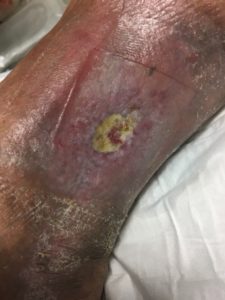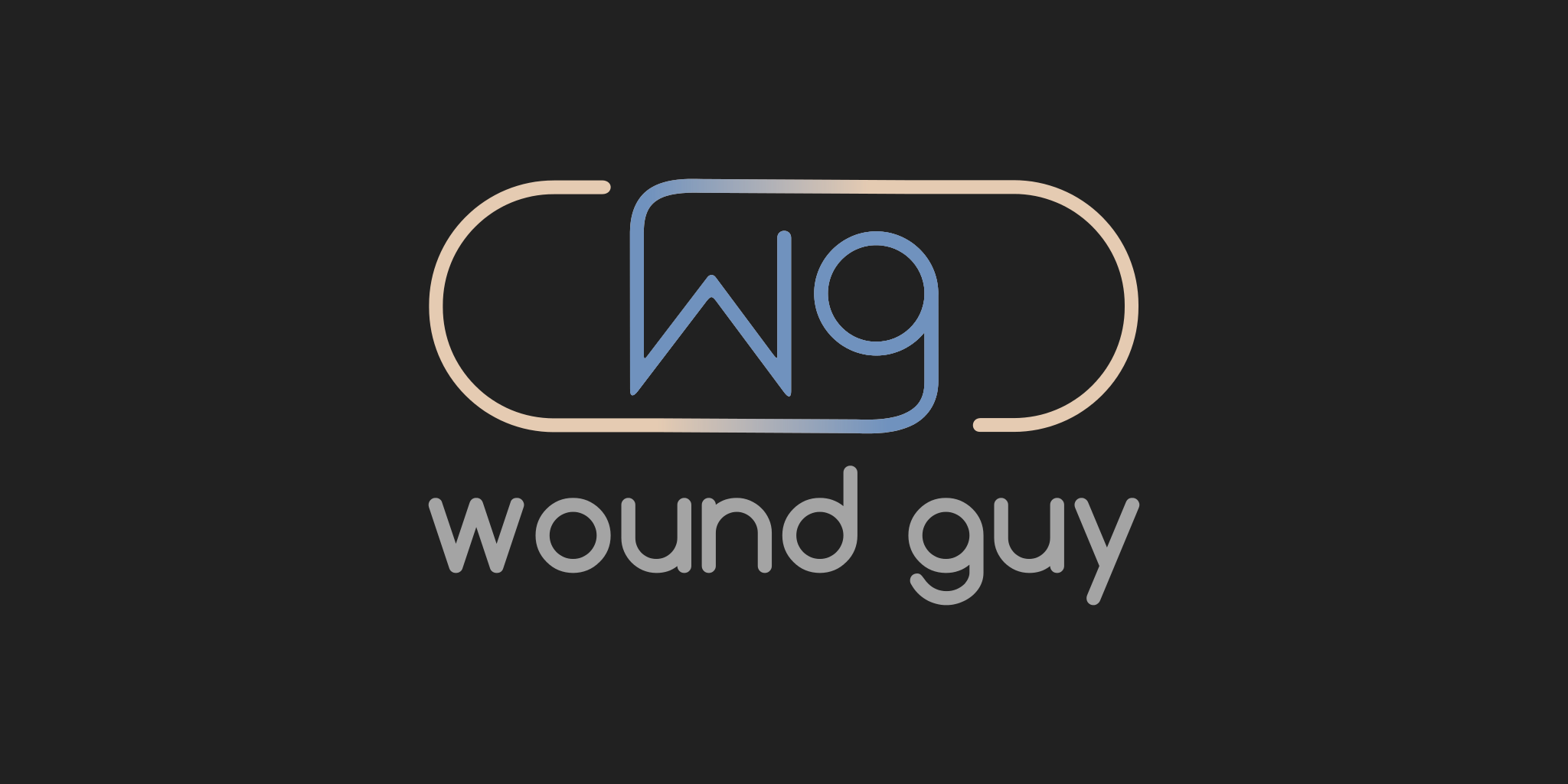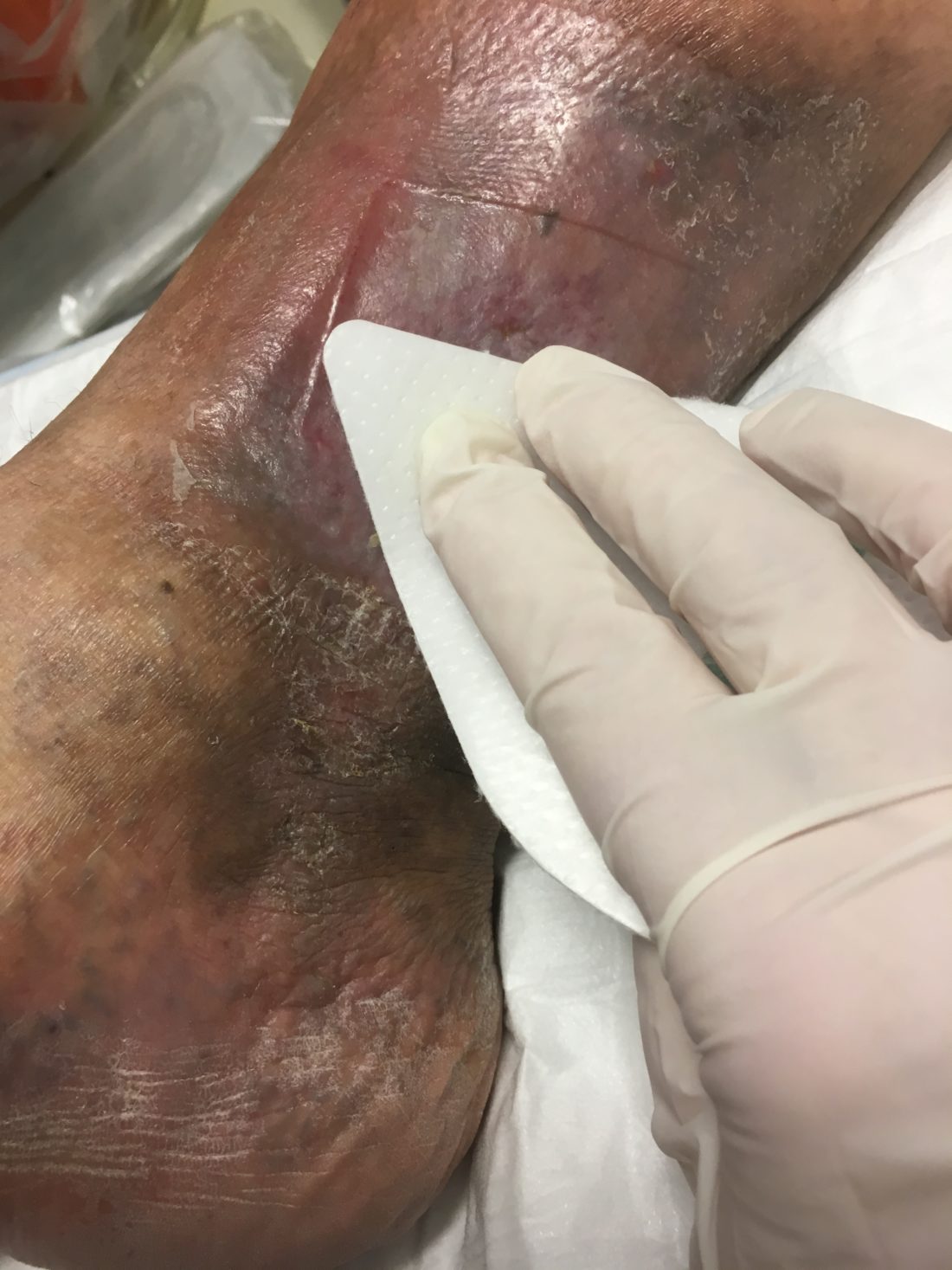Mechanical wound debridement: the options are expanding
Many health professionals are by now aware that regular debridement enhances the repair of chronic and complex wounds (eg. venous leg ulcers, diabetic foot ulcers, pressure injury and surgical wound dehiscence). A large number of patients with these types of wounds are cared for in the community, often by district and practice nurses. The presence of slough and devitalised tissue often presents a challenge to the physical management of these wounds. Retaining the white blood cells and enzymes present in non-infected wound exudate (autolytic debridement) has for most clinicians been the preferred method of improving the wound bed. Maggot debridement therapy and ultrasound (by trained personnel) are other well regarded options for facilitating desloughing, reducing exudate volume and stimulating granulation tissue deposition.
In recent years and months wound debridement technologies incorporating monofilament fibres, poloxomer-impregnated weaves and microfibre, have emerged onto the market place. These devices are easy for clinicians to learn to use and make the removal of surface slough and debris achievable within short time frames. These products not only assist to clean the wound bed but offer an excellent means by which the peri-wound tissues can also be relieved of scale, hyperkeratoses and encrustation. Some of these textiles can also be used in conjunction with dedicated antimicrobial solutions such as hypochlorous acid, octenillin and polyhexanide (some of these solutions also combine with surfactants).
The two photos below demonstrate the before and after wound presentations where mechanical debridement has been undertaken with a microfibre pad. These two pictures are only separated by a few minutes, where the wound base and the peri-wound skin both display improvement.





